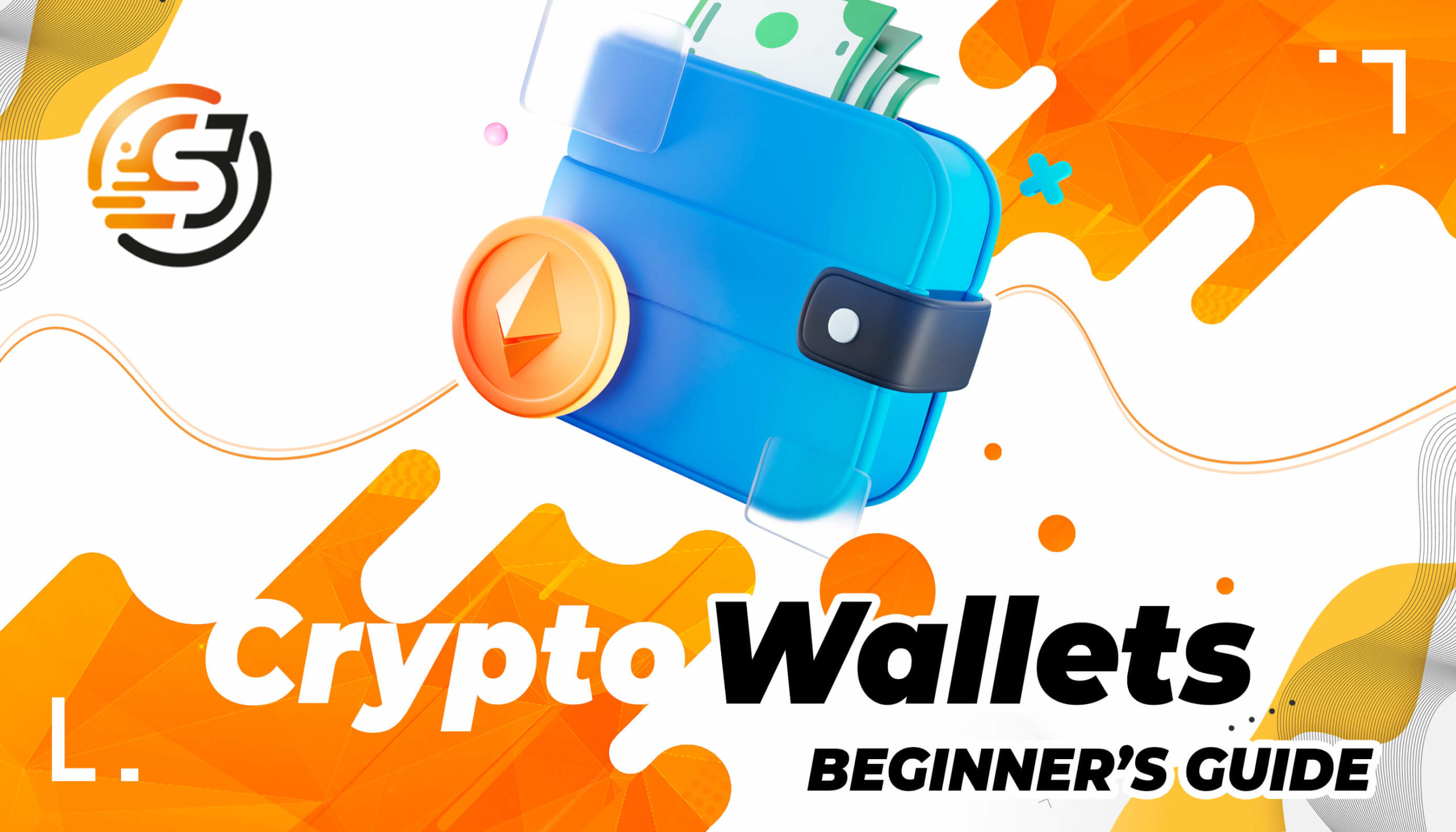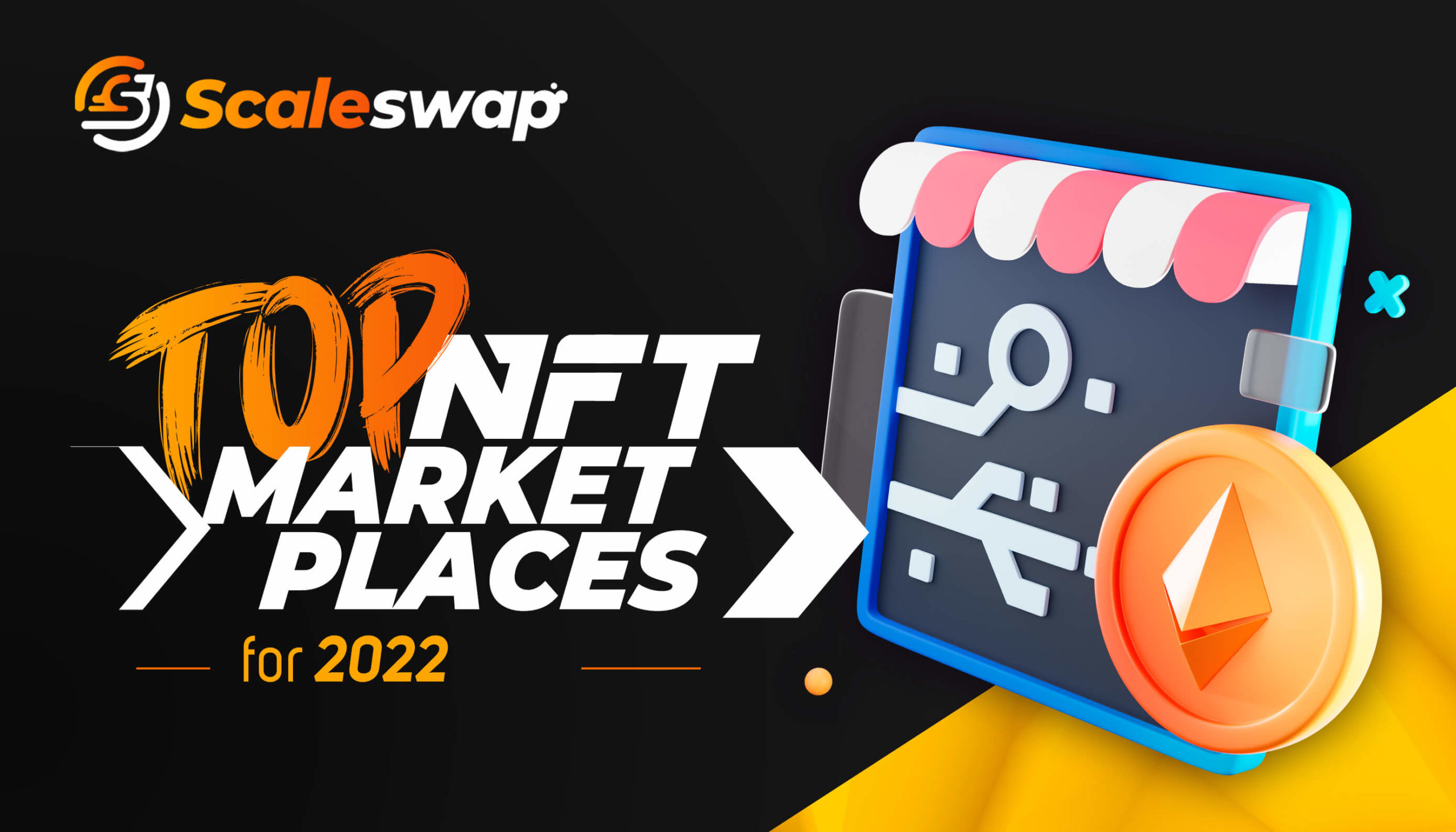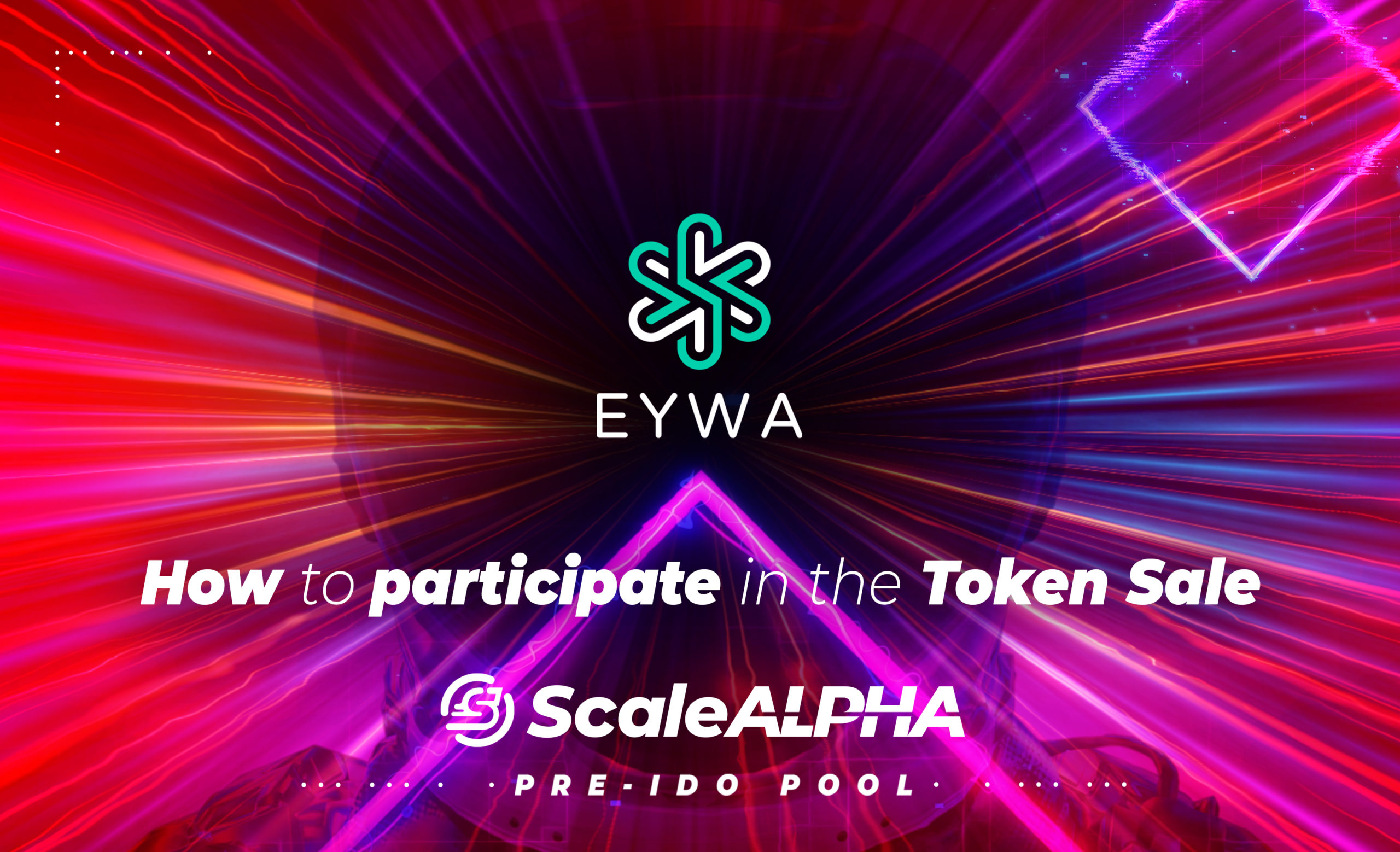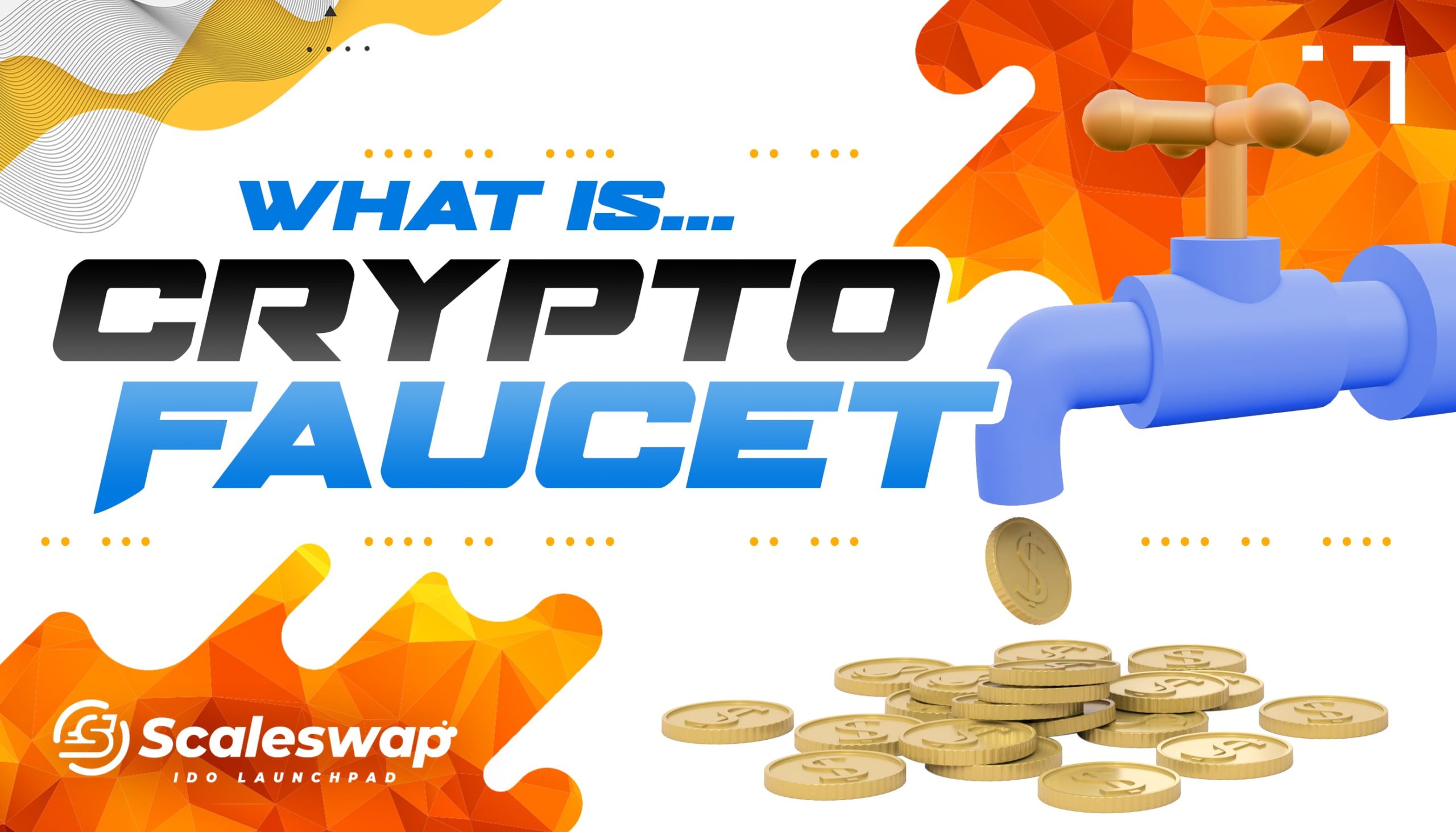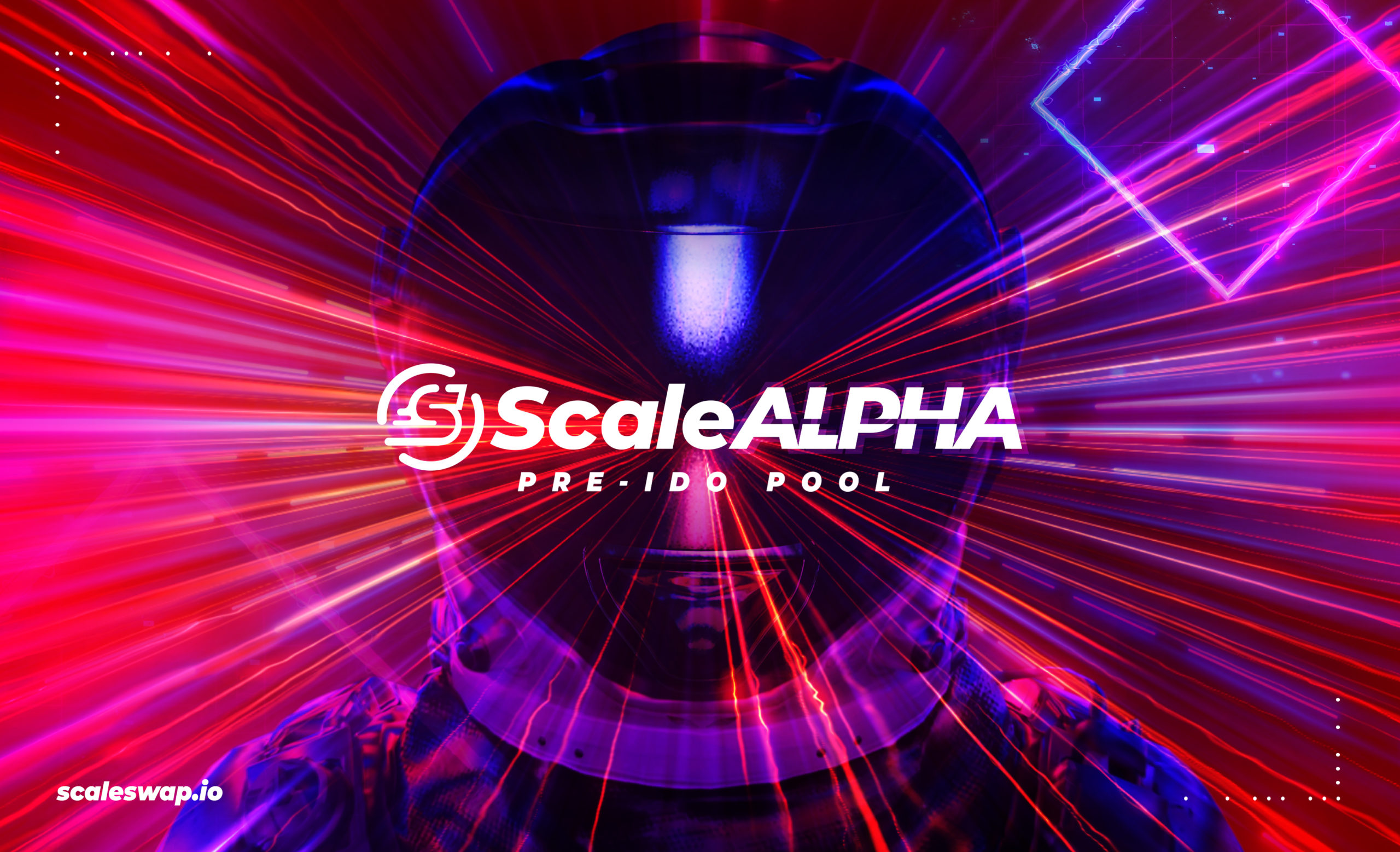What is a crypto wallet? How many are there, and how do I set one up? Which ones are the best? These are commonly asked questions that can make those new to cryptocurrency feel a little lost. Luckily, this article will answer those questions and even explain the 5 best crypto wallets today.
Basic Principles Of Working With Cryptocurrency
In order to transact and manage cryptocurrency, you must interact with the blockchain (The network and protocol that backbones cryptocurrency). This is accomplished by means of a crypto wallet. Crypto wallets do not store cryptocurrency on them. In reality, they are just an access point to the blockchain network.
Each wallet has its own unique identifier, known as an address. Similar to a building address, this lets others know where to send their assets, or where they came from. In addition, wallets have two kinds of “keys”. The public key is the address and can be freely shared to send or receive cryptocurrency. The private key is analogous to a password or physical key, and should not ever be shared with anyone. The power of the private key is that it connects you with your cryptocurrency, regardless of what wallet you use.
Features Of A Crypto Wallet
Blockchain technology was invented to minimize the drawbacks of conventional banking systems, and create a system that is secure, fast, transparent, and eliminates the need for a third party. As such, there are many features and benefits of using a crypto wallet:
- Low transaction fees – Because they’re no middlemen involved, fees to transact are typically much lower compared to traditional banking methods
- Fast – Funds are transacted quickly and seamlessly, and can be done anywhere in the world
- Transparent, yet anonymous – The blockchain is a transparent ledger where all activity is documented and visible, but users can remain anonymous and maintain privacy.
- Trustless – No third party means that you do not have to trust another entity with your assets, improving security and autonomy.
Types Of Crypto Wallets
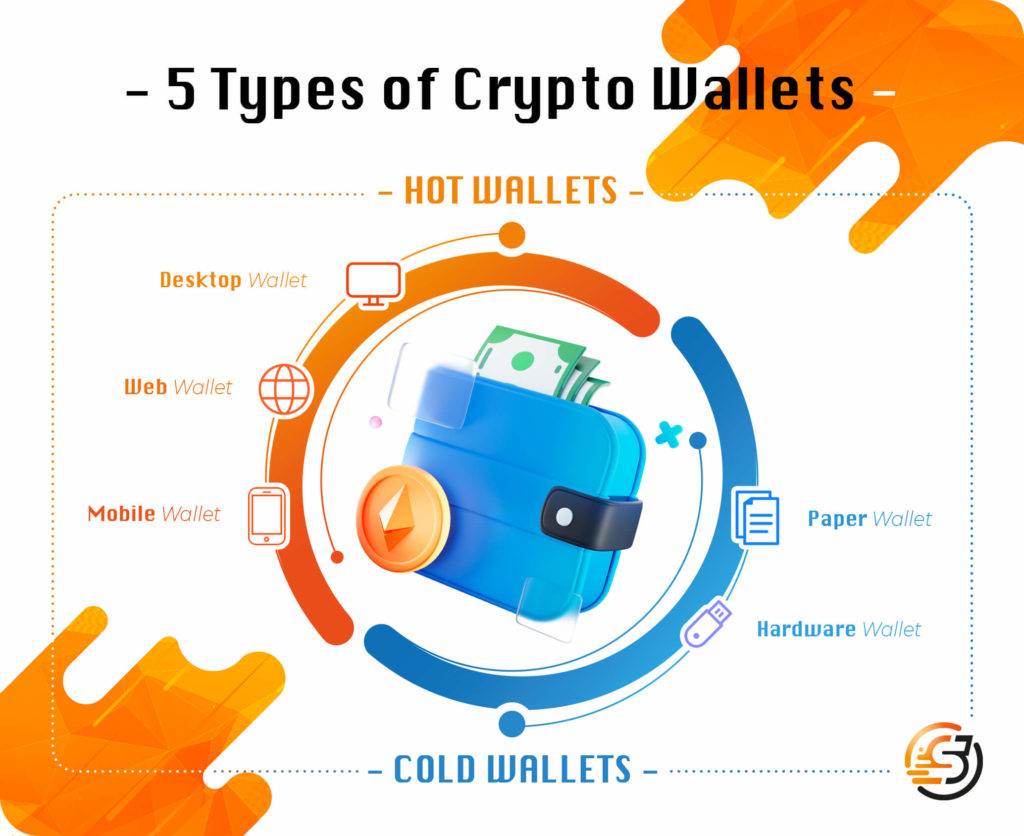
Crypto wallets come in many forms, which we will discuss in detail below. One important thing to note is that wallets can be labeled as “hot” or “cold”. In sum, a “hot” wallet means that it is linked to the internet. Oftentimes hot wallets are easier to access and manage. Alternatively, cold wallets are offline, offering superior security at the expense of less convenience. In addition, wallets can be labeled as custodial or non-custodial. Custodial wallets are wallets where the private keys are managed and stored by a third party. While this reduces the hassle of having to do it yourself, you are trusting another entity with your wallet. On the other hand, non-custodial wallets place the responsibility on the user. You have total command over your wallet and private keys, and don’t have to trust another entity with your funds (one of the reasons blockchain technology was invented!). However, all the responsibility is on you the user to store these keys safely. These terms are essential for knowing exactly how each wallet works.
The first three wallets (Online, Desktop, and Mobile) are classified in general as software wallets, using software to operate and maintain the wallet.
- Online Wallet
An Online wallet is a web or browser-based wallet that requires no installation of software. In most cases, you just need a password, and the private key is housed online by a third party. This type of wallet is extremely convenient, but is inherently hot, making it not as protected as cold wallets.
- Desktop Wallet
With a desktop wallet, you download software and manage your wallet locally on your computer. Desktop wallets can be stored cold on your desktop as opposed to the cloud. This offers more flexibility and safety than online wallets but with slightly less convenience.
- Mobile Wallet
A mobile wallet is exactly what you would expect: You access your wallet via a mobile app on your phone. It is nearly identical to a desktop wallet except it is optimized for smartphones. One main advantage is that QR codes can be used to send and receive funds, making mobile wallets extremely convenient and quick.
- Hardware Wallet
A hardware wallet is unlike software wallets. A hardware wallet is a tangible device, similar to a money wallet you could carry in your pocket. It is offline and possesses your private keys. To use it, you typically connect the device to a computer to access and manage it. Most recognize hardware wallets as one of the most secure and safe ways to manage cryptocurrency (especially large amounts) because it is less prone to hacks. In the event of a stolen or lost hardware wallet, there are safeguards to restore your account (like a backup seed phrase). Setting a pin on the device also adds further security in the event of theft.
- Paper Wallet
Paper wallets utilize a QR code to transact cryptocurrency. It is the most analog way to store your keys and is as secure as where they are physically located. However, due to issues recording this information on paper and the invention of hardware wallets, paper wallets aren’t as favored as other wallets and are becoming obsolete.
How To Set Up A Wallet
Before you set up a crypto wallet, there are some important points to think about before choosing to get the most out of your wallet:
- What cryptocurrency will be stored – Some wallets are only designed to handle certain cryptocurrencies. If you send an incompatible coin to an address (say, Ethereum to a bitcoin wallet) those assets are gone forever and impossible to recover. So, make sure your wallet is compatible with what cryptocurrencies you use.
- How the wallet will be utilized – Are you going to be transacting and using your wallet every day, or using it to store cryptocurrency long-term? Software or hot wallets are best for frequent users as they are convenient and fast. Cold and hardware wallets are more robust and secure, and more suitable for long-term storage or storing large amounts.
- Level of involvement – Do you want a wallet that is easy to set up and has minimum hassle? Or do you not mind learning a bit to get the most out of a wallet? Custodial wallets are often much easier to set up and use if you don’t mind trusting your private keys with another entity. Non-custodial wallets require more planning and involvement as you need to secure and manage your own keys.
Mobile Wallet Set Up
A mobile wallet is probably the easiest wallet to set up. You download an app with the crypto wallet of your choice and follow the directions. For apps such as Coinbase, you must set up an account and authenticate your identity to gain full access and capabilities of the wallet. Moreover, you are given a recovery phrase that you should store in a safe place in case of losing your phone.
Online Wallet Set Up
To set up an online wallet, you just need to launch a browser extension or sometimes visit a website. From there, you usually need to create a password and record your seed phrase. And that’s it, you can now send and receive funds with an online wallet.
Desktop Wallet Set Up
Setting up a desktop wallet is a little more involved than the previously mentioned online and mobile wallets. You must install an application to your desktop, where your private keys and wallet will be managed locally on your computer’s hard drive. One downfall of a desktop wallet is that in order to access it on a separate device, it must have the application installed on it as well. It is best practice to only access your wallet on trusted devices, with proper security measures such as two-factor authentication (2FA).
Hardware Wallet Set Up
A hardware wallet is the most time-consuming to set up and access, but with inherently greater security than other hot wallets. To set one up, you must first purchase the physical device. Follow the directions accompanying this device, which involves downloading an application to your computer to interface and interact with your physical wallet. Hardware wallets have many security features, such as a pin on your physical device in addition to password protection on the desktop application. In order to transact and manage the wallet, you should connect your device to your computer and launch the application. From there, you can buy/sell cryptocurrencies and authenticate the transaction on your physical device.
Utilizing Multiple Wallets
Having more than one wallet has many advantages. For example, setting up an online or mobile wallet allows you to start transacting quickly and effortlessly. You can then pair this wallet with a hardware wallet, sending assets over to be stored long-term more securely. It is also advantageous to store large amounts in this wallet while keeping assets that are traded often in the more convenient hot wallet. Just make sure to keep track of your private keys and recovery phrases in a secure location.
5 Best Crypto Wallets of 2022
Now that you know the various types of wallets and how each one works, here are five of the best crypto wallets to get you started:
- CoinBase Wallet
The Coinbase Wallet (distinct from the Coinbase exchange) is an excellent mobile wallet that is backed by a popular, reliable, and regulated entity. It is built to be user-friendly and simple, while also being secure. This is recommended for beginners who want to minimize risk and maximize peace of mind when managing their wallets. Coinbase also offers custodial wallets just by using their exchange. This is the easiest way to “set up” a wallet, but it is considered bad practice to leave large amounts of assets on an exchange or for long periods of time.
- MetaMask
MetaMask is a popular online wallet (via browser extension) that is simple to set up and manage. You just need a password and recovery phrase to get started. You can set up multiple wallets within MetaMask and it even has compatibility to link with hardware wallets such as Ledger Nano. Metamask is the most popular and versatile wallet if you want to participate in DeFi. To use decentralized apps such as Scaleswap, where you can gain access to early investment rounds of some of the most innovative startups in the crypto space, you’ll need to use Metamask. There is even a mobile wallet available for increased convenience.
- Ledger Nano S
The Ledger Nano S is one of the leading hardware wallets you can buy today. It offers compatibility with hundreds of cryptocurrencies and features Ledger’s Secure Element chip for supreme security. The Nano S is best suited to those wanting to store crypto long-term.
- Exodus
Exodus has a quality desktop wallet that has 24/7 human support, support for almost 200 cryptocurrencies (including Bitcoin), and built-in exchange. Additionally, it has support for Trezor, another favored hardware wallet.
- Crypto.com
Crypto.com offers non-custodial wallets that “give you access to a full suite of DeFi services in one place”. This is recommended for those looking to get the most out of decentralized finance (DeFi). DeFi gets the most out of blockchain technology, offering transparent, quick, and trustless finance without needing a third party.
Conclusion
Whether you prioritize speed and ease of use or complete security and control, you now have the tools to decide which wallet suits your needs. Each wallet is unique and has distinct features. Centralized custodial wallets offered by companies like Coinbase and Crypto.com are a safe, familiar, and common way to get into crypto. Non-custodial wallets offering access to cutting-edge DeFi services and platforms (like a MetaMask wallet to use Scaleswap) open the door to the exciting, decentralized, and interesting world of crypto.
Once you get your wallet set up, be sure to check out our introduction to crypto exchanges article to learn about the best places to buy and trade your first cryptocurrencies.


 Scalescore
Scalescore
